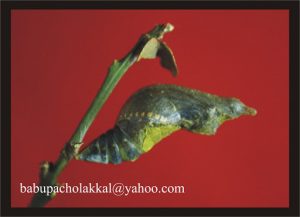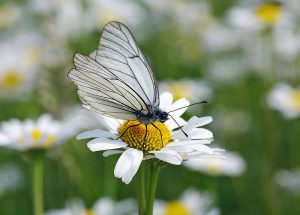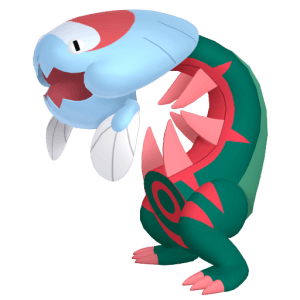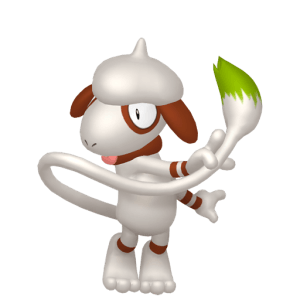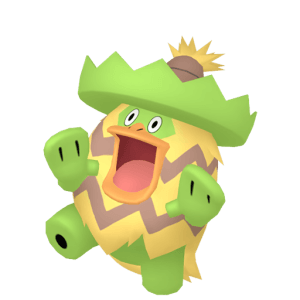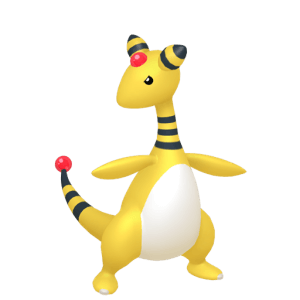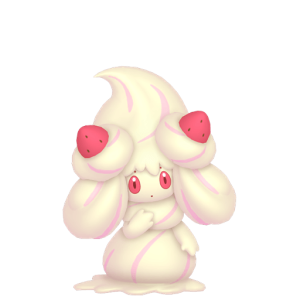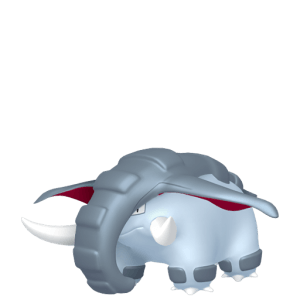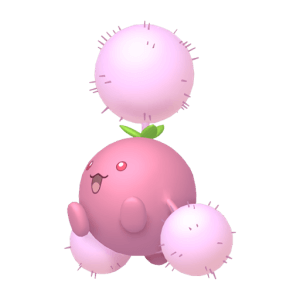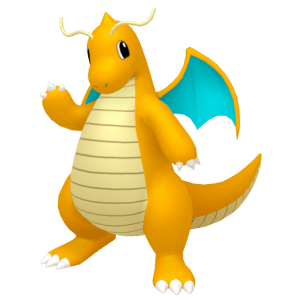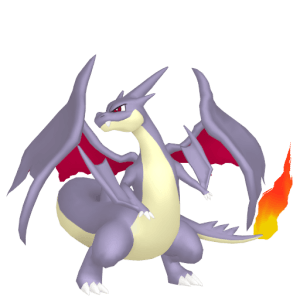Hey guys! It’s been a long week for me, since I’ve been down with the flu. It’s been since Tuesday, so maybe one of you guys gave me it? Haha.
Enough about my flu bug, how about some real bugs? Y’know, hexapoda? Insecta? Well, here’s some of the most popular– in fact, the first insects in the Pokémon world!
Being the first of its type in the Pokédex, Caterpie sure has a lot to hold up to, but I think it does a great job showing off its type. Sure, it may have a strange appendage for a caterpillar to the average eye, but it looks buggy! Metapod and Butterfly deserve a lot of credit too, especially Butterfree. All three of them are incredible Pokémon, although they’re lacking in stats. Either way, right into it.
Basis
[spoiler]
I think a lot of you may have jumped out of your seat at the sight of a caterpillar that looks so much like Caterpie. Sure, it’s a little disfigured compared to Caterpie, but it seems about dead on aesthetically.
This fella would be the Common Morman butterfly in its larva stage. That big caterpie-like part on its nose? That would be called the osmeterium. It’s not seen on any caterpillars outside of the family of butterflies known as the Swallowtails. Even then, not all swallowtails have these. The purpose of this organ is to release pheromones or wretched smells, but they’re normally hidden. If you see them on a caterpillar? You’re too close.
I picked the Common Mormon due to the appearance of the caterpillars, which are green, have a bright red osmeterium, a tan belly, and some tan markings. I think they’re a great example of Caterpie, I mean, when I saw the pictures of one in a field guide I immediately jumped to the thought of Caterpie.. Maybe that’s just me?
Now, that’s all good and all, but I have something else to back up the Common Mormon assumption. Here’s the chrysalis of a Common Mormon.
I can’t be the only one to see the startling similarities! Notice that distinctive point and hunch? I think that pretty much kills any doubt as to what Metapod could be based on. Take a good look.
Now this is the anticlimactic part. Sadly, the diagnosis of Common Mormon doesn’t stack up for Butterfree, and it’s pretty apparent that Butterfree isn’t a swallowtail of any sort in the first place. That’s apparent from the fact it lacks the swallowtail tail, which clearly defines the swallowtail.
So what is it? It almost has to be a Black-veined White, a rather interesting butterfly found in Japan.
These fellas are pretty common, being found in Europe, North America, Korea, and some other temperate countries. They can fly pretty high, easily getting up to 6,600 feet. That’s pretty crazy for a butterfly, wouldn’t you say? Sure, Monarchs can go higher, but this is higher than most butterflies. I think that deserves the flying type though, since I bet a good few birds would feel shakey at that height!
On the other side of this, their appearance is pretty startling. Notice it has a purple tinge to the body? Yeah, definitely looks like Butterfree to me.
[/spoiler]
Biology[spoiler]
Here’s a cute little guy with a dark secret!
Caterpie is the small, infant stage of Butterfree. It has six segments in its body, each with a circular marking except for the head segment. The belly is tan, with a light, forest green on the top of the body. It has a red Y shaped marking on the top of its head, four legs on its otherwise legless body, two large eyes, and a small tail.
It seems to me that the yellow markings on each segment could be considered eye spots, as each mimics the eyes on its first segment. These would be for confusing or deterring visually based predators, however, this is only the first of its defensive tools.
Next we can focus on the red Y, known as the osmeterium. This secretes a foul smelling odor when threatened, but it only needs its visual predators to see the bright red marking to know what’s in store for them. However, the smell would leave a lasting impression on any young predators, which would most likely stop trying to hunt after Caterpie.
Strangely, it only seems to have four ‘feet’, and lacks them on the others. This means it doesn’t need them for motion, and uses them moreso as hands or feelers to manipulate its environment.
It’s kinda hard to say much here, though Metapod is an interesting sight.
With Metapod, we can see many features of Caterpie changing into Butterfree, with practically each bump representing a feature of the soon-to-be Butterfree. Two large humps for wings, a pointed snout of that remains from Caterpie, two bumps for its new arms, an indent for its new feet, and one for the forming head.
You can see there are interesting details within Metapod, but there’s not much to talk about.
Now finally, we have a beautiful butterfly.
With gorgeous, one meter tall wings, we can see that it’s a strong flyer. A strange, natural advancement from the stage just moments before, with much more rigid skin.
To describe it, we can see a butterfly with a main thorax, two long rabbit-like feet, two small arms on the thorax, a large head with two large beady eyes, a small mouth with two fangs, two large antennae, and a set of meter-tall wings.
The feet seem to propel it through the air much like its wings, serving almost as pedals for it to boost its agility with. Maneuvering through the air would be made much easier with a combination of its wings and these feet.
The hands are rudimentary, and seem to serve very little of a purpose, however, they could be used in grabbing things as per normal hands, just with some added difficulty.
The large wings seem to have dimensions of 3 x 2 feet each, which would give great surface area during its long journeys. They apparently carry some strange silvery powder which coats the wings, which help repel predators with the poisonous nature of this powder.
As for its sensory areas, it has two large, beady eyes which stick out on its face. They would easily see much of the world around it at once, due to the compound nature of its eyes. Butterfree most likely sees directly behind its head, which is apparent from the positioning of the compound eyes.
Alongside that, the antennae are very large, seeming to work to detect almost any Pokémon around it.
Finally, for the sensory side of things, it seems to have a nose. This helps explain how it’s so easy for Butterfree to detect specific types of food.
But it has to eat right? And we can see it has a complicated mouth, evidently with teeth. Strange for a bug-type, however, this fella most likely has a more solid diet of plants, rather than just eating honey.
[/spoiler]
There we go! A three-stager for once. I had considered many options– Venonat and Masquerain in in particular, but I didn’t have the time to properly research what they could be based on. They’re both very tricky, but I’ll figure them out eventually. Still, I love each of your suggestions and comments! So don’t feel afraid to post any. I’ll try to get to them– it’s just difficult to focus.
So, Caterpie, Metapod, and Butterfree– which is the most popular, and what’s your personal favorite? Sure, Butterfree got its own episode that made all of us tear up, but which would you say? I think I haven’t met many people who don’t know Caterpie. Not fair to Metapod though, I think it gets forgotten about. Of the three, I really love Caterpie though. So..




